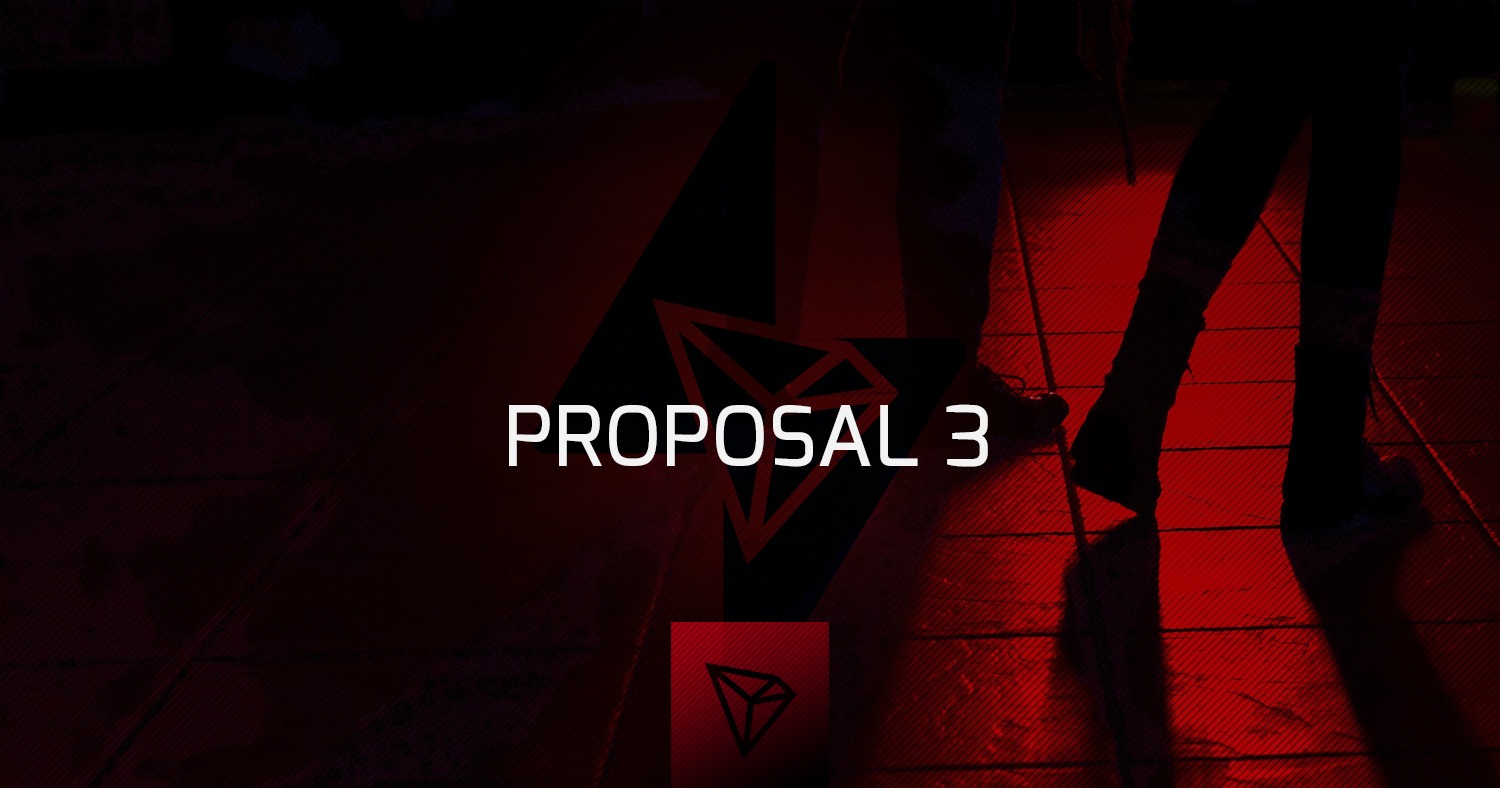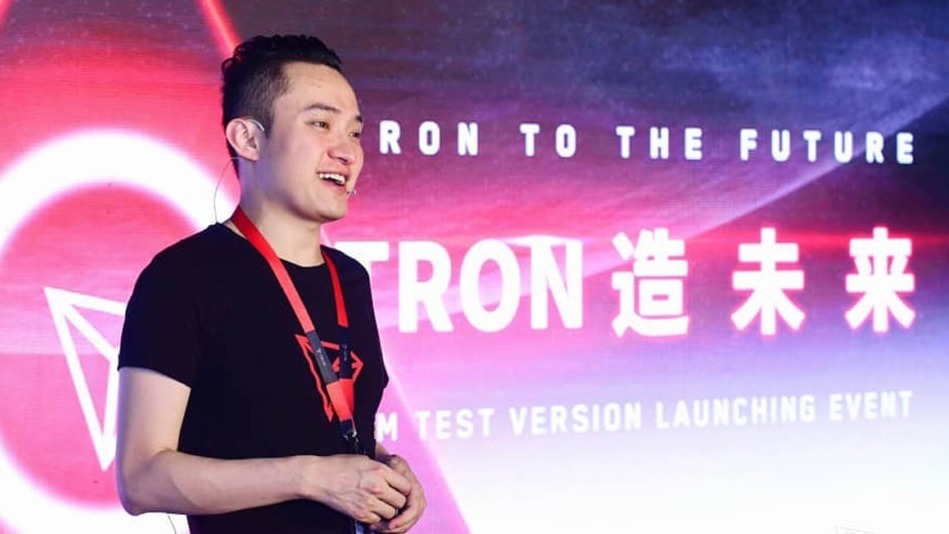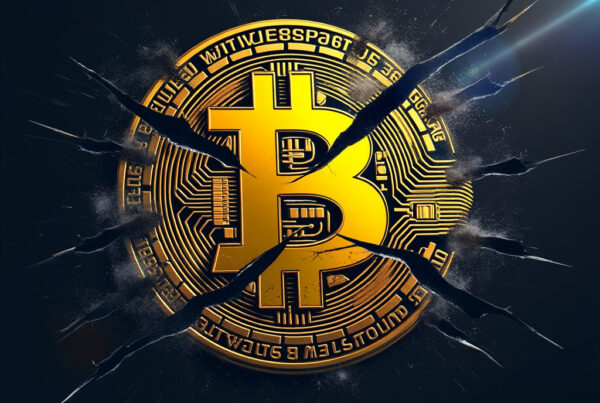Everyone knows the Tron Super Representatives are the guys and girls that do helicopter TRX drops. If you want to increase your TRX holdings, you simply vote for your favorite SR and watch the numbers grow on a daily or even a 6 hour basis. But is that the only thing that Tron Super Representatives do? Far from it.
Tron Super Representatives are in place to run the entire Tron protocol. They each have servers in place which are used to produce the blocks within the blockchain. They are then compensated for this work via those lovely TRX rewards that get partially or entirely passed on to the TRX holders. But it doesn’t stop there. The Tron Super Representatives have the responsibility of carrying the platform forward. They take part in deciding the direction of the Tron protocol. After all, the goal of Tron is to decentralize the internet. No one party will decide how the Tron protocol evolves. Not even Justin Sun. How does this take place? By voting on proposals.
The Future of Tron Decentralized
With other blockchains, there have been instances where the miners do not agree in the direction of the platform. What happens then? They have a hard fork. A hard fork is when a blockchain splits into two separate paths going forward. The fork resulting in Bitcoin and Bitcoin Cash and Ethereum and Ethereum Classic are two such examples. They both share a transaction history up to a certain point. From that point on, each then follows different blockchain rules.
The beauty of a delegated proof of stake protocol like the one used by Tron is that the elected Super Representatives get to vote on the future path of the blockchain. This eliminates the need for a hard fork. This gets rid of many uncertainties and simplifies things as it puts everyone on the same path. This is done via a voting process where proposals are submitted and voted upon.
How Proposals Function
Any SR can make a proposal to change a parameter of the blockchain. The 27 SRs will then have 3 days to discuss the proposal and decide what stance to take or to abstain from the vote. That was just what happened on Tron’s Proposal #2. Proposal #2 was submitted by CryptoGuyinZA, a Tron SR, on October 30th. The proposal was to remove the 27 Genesis Representatives. For those that do not know, the Genesis Representatives were essentially the servers that kickstarted Tron when Super Representatives were still not voted in. Now that all 27 SR positions have been elected, the proposal wants to eliminate the GRs.

Why Proposal #2 Failed
The proposal to remove the GRs that was submitted on October 30th did not get approval from the 19 SRs required, which is 2/3 +1 of the SRs, in order to get implemented on the blockchain. It only received 16 votes as many SRs, including Tron Spark, abstained from the vote. This proposal comes with a few rules that have to be followed. The parameter can only be changed once and it can only be set to 1(enabled). Therefore, it is important to understand all the implications that voting for this proposal represents. In the case of Tron Spark, we just wanted to have further discussions to assure the right decision is made as the change is irreversible. We strongly believe that risk management is critical for the success of any company, especially one that deals with real time operations.
There were several questions and discussions that took place between different SRs, SR candidates, and members of the community. Here are a few of the key points that were discussed that pertain to this proposal:
|
|
|
|
|
|
Proposal #3: Second Attempt to Remove GRs
On the morning of November 5th, another proposal was submitted to remove the GRs. By this time, the right questions had already been asked and evaluated. Hence, on the same day, the proposal got the necessary votes to pass. Tron Spark voted YES to remove the GRs. We feel that there is no longer the need to have the GRs. Also, removing them will be one step closer to decentralization. Furthermore, we feel that the negatives, such as the reduction in burn, are so small that they are negligible. Of course, there is a risk present as with any modification of an online system. Nonetheless, based on what we know, we feel that Tron is as best prepared as possible. This proposal will now go into effect at the end of the voting round when the proposal deadline is reached. The proposal deadline is tomorrow, November 8th at 06:00 UTC.
After this change, we will be one step closer to our decentralized goal!
For more information, please follow us:
Telegram @TronSpark
Twitter @TronSpark
| This article was written by the Tron Spark team. Tron Spark is a digital content platform currently serving as a Tron Super Representative. We believe that with the help of the Tron community, we can inform and educate the masses on the exciting evolution of the Tron Protocol. If you like our articles, please share them so that we can expand the Tron ecosystem. |







Comments